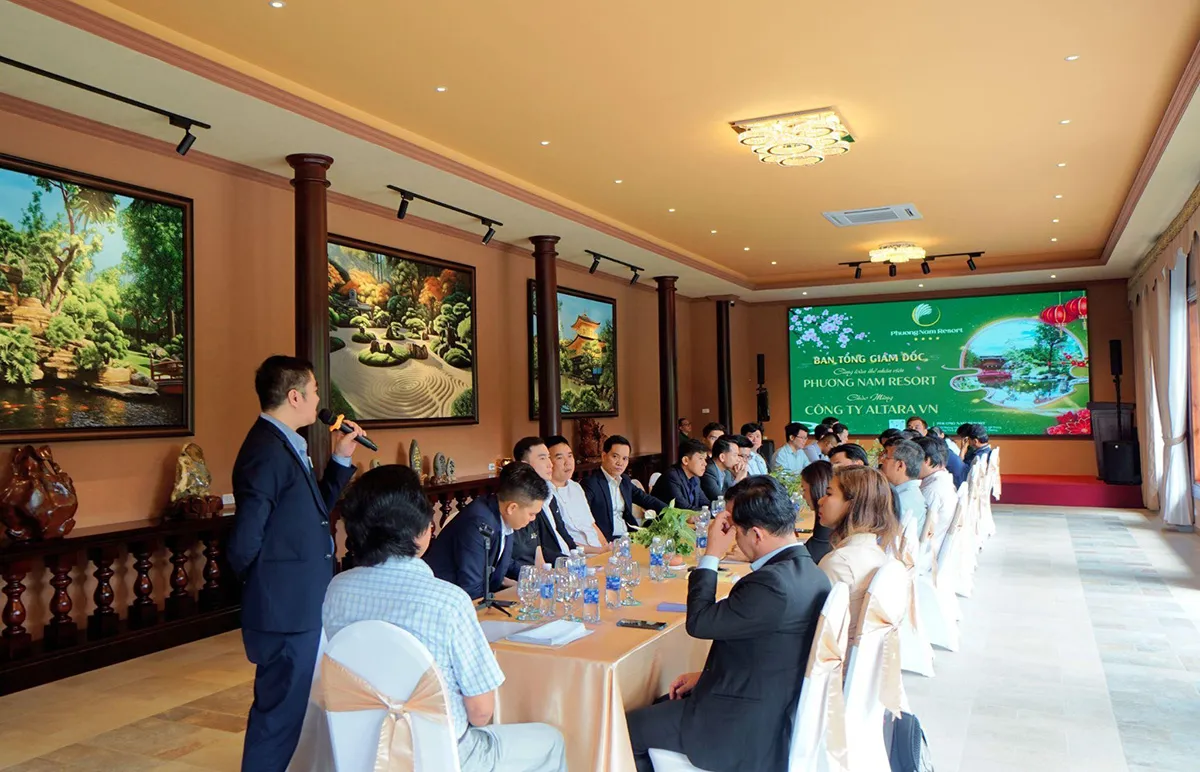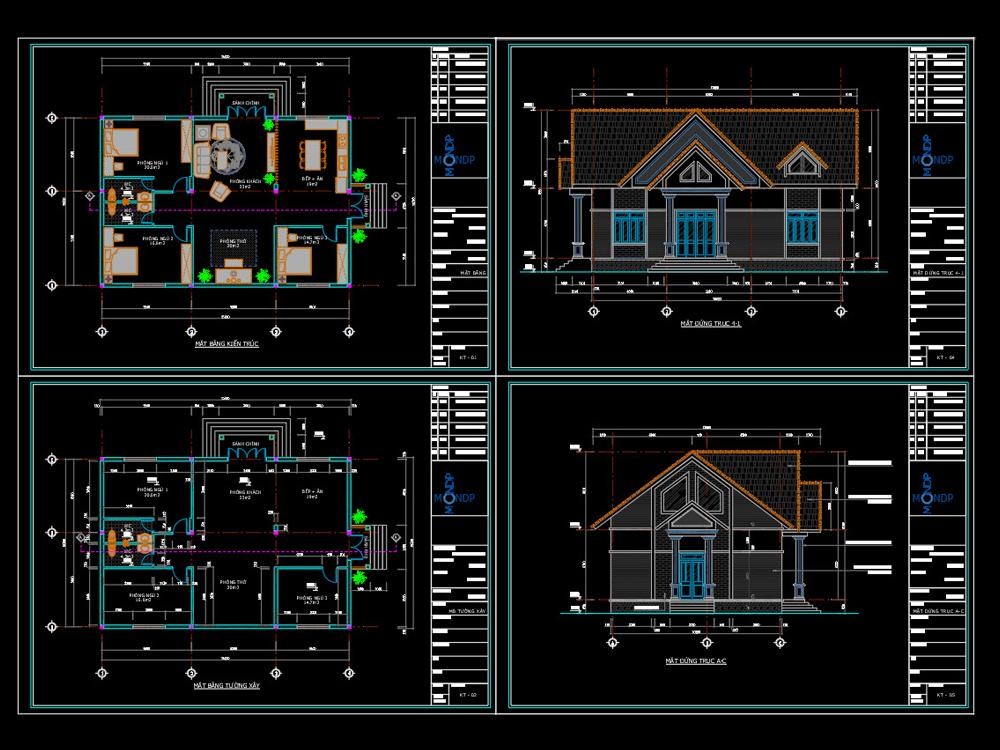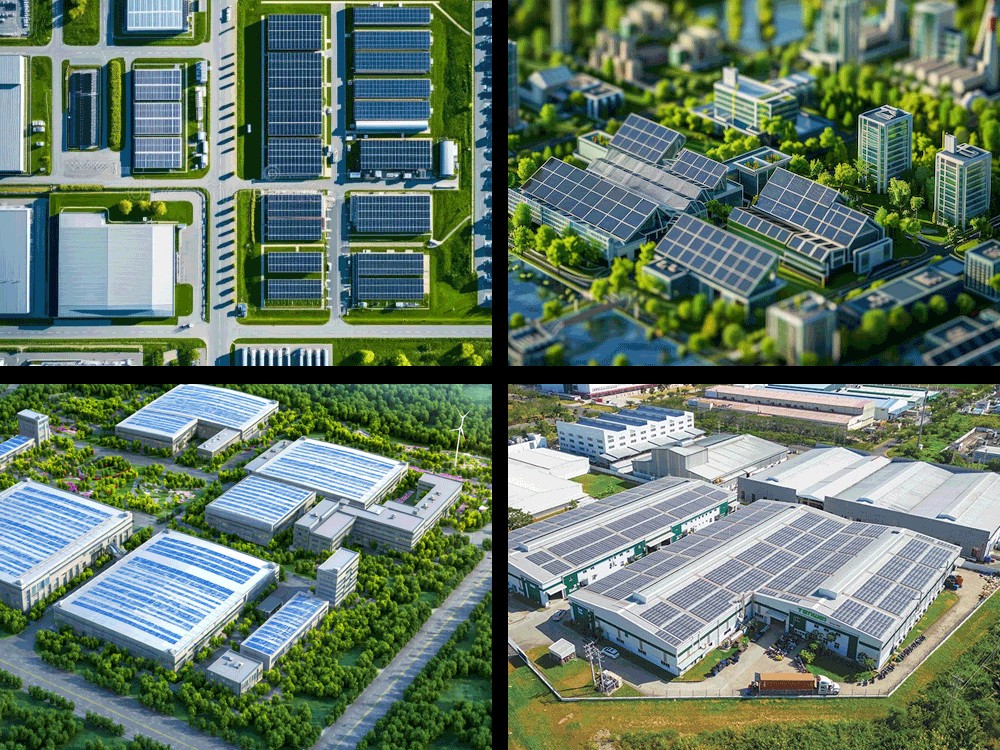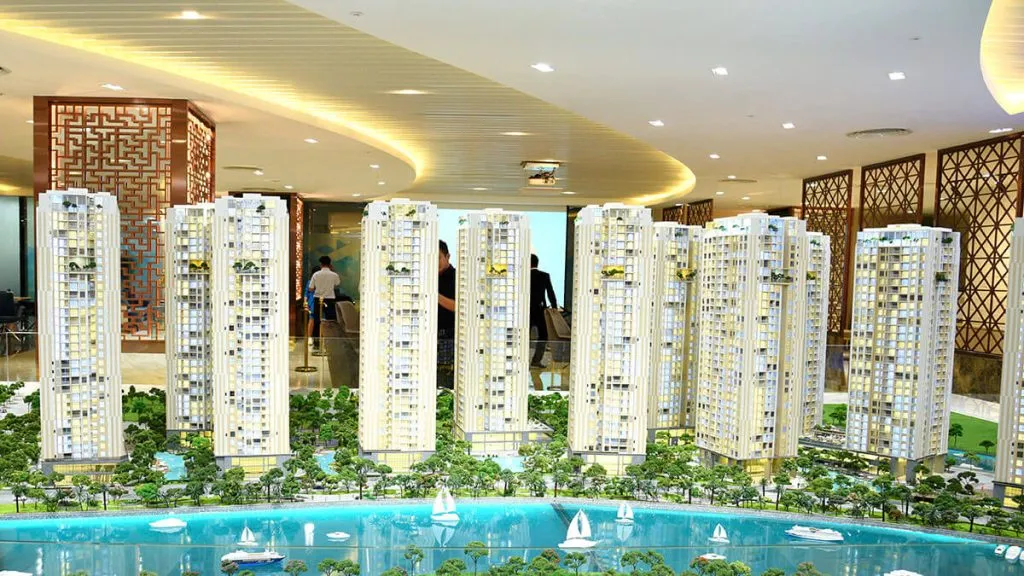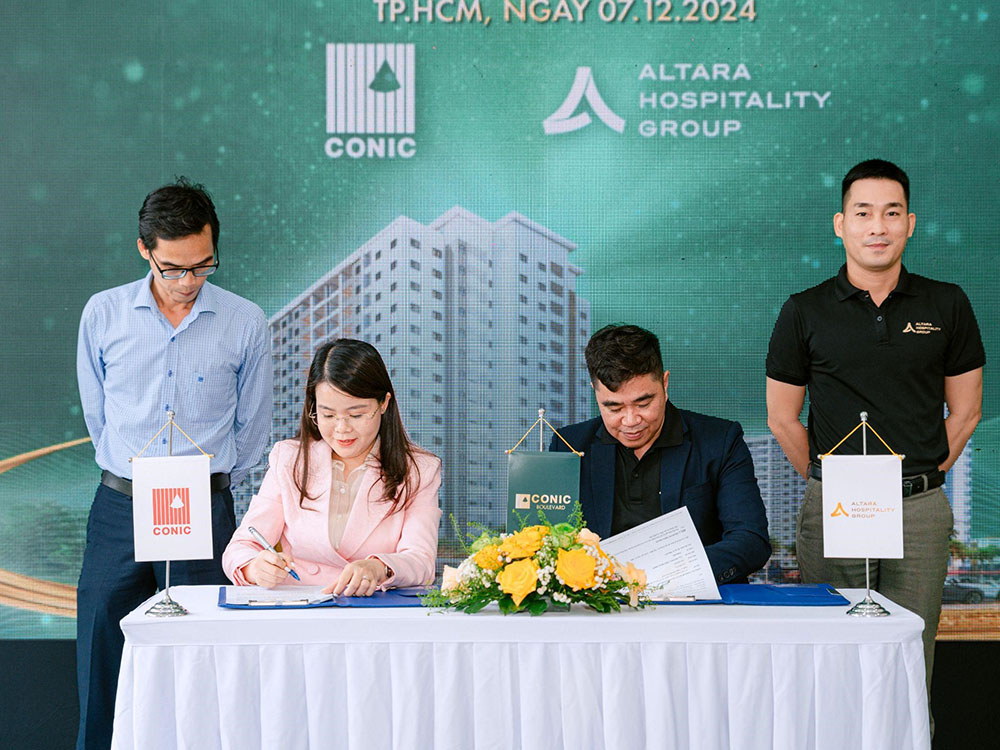Domestic wastewater treatment systems play an important role, especially in densely populated urban areas, with a large amount of domestic wastewater. This is a system that helps to solve problems related to health and environmental protection.
What is domestic wastewater treatment?
Domestic wastewater treatment is the process of removing human-made waste in the process of daily living. The main purpose is to convert domestic wastewater into clean water for reuse and optimal environmental protection.
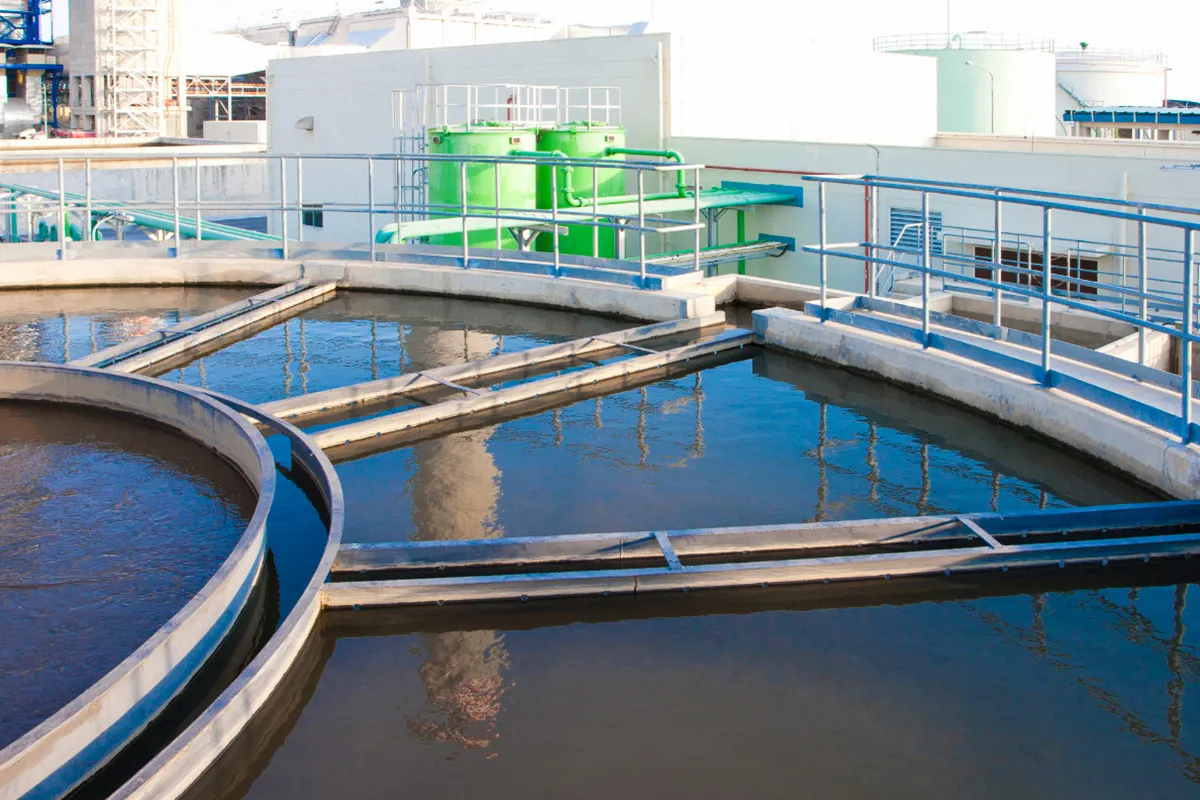
The domestic wastewater treatment system
The importance of domestic wastewater treatment system
- Human health protection: Wastewater and chemicals, if not treated before being discharged into the environment, can seriously affect human health such as hand, foot and mouth diseases, intestinal diseases, and cancer. Due to the deposition and accumulation of toxins in groundwater, fields, ponds, etc. Besides, they also cause unpleasant odors, affecting the air and living space of people.
- Contributing to environmental protection: Proper treatment of wastewater helps to minimize impacts on the environment such as pollution, flooding due to domestic waste not being treated in time. At the same time, minimize the situation of polluted pond water, affecting the crop and the depletion of clean water sources.
- Saving resources: Water after treatment can be reused as a new source of water used for watering plants, cooling, cleaning or supplying water to the system of rivers, lakes, canals, etc.
Some methods of domestic wastewater treatment
Depending on the nature and level of chemicals and dirt in domestic wastewater to select and apply each treatment method accordingly.
Biological treatment method
This method is developed based on the use of soluble and insoluble properties of organic compounds in water. It takes place mainly in domestic filters by two basic processes, which are anoxic and aerobic treatment, turning nitrogen into NO2 present in the water.
To implement this method, the organic matter dissolved in the wastewater must move inside the microbial cell in 3 stages:
- Transfer of contaminants from the liquid phase to the microbial cell surface.
- Diffusion from the cell surface across a semi-permeable membrane due to the concentration difference inside and outside the cell.
- Metabolize substances in microbial cells, produce energy and synthesize new cells.
The rate of biochemical oxidation depends on the concentration of organic matter, the content of impurities and the degree of stability of the wastewater flow. The factors affecting the rate of biochemical reactions are hydrodynamic mode, oxygen content in wastewater, temperature, pH, nutrients and trace elements.
Physical treatment method
This is the method used to separate solids of different sizes in water through:
- Garbage net: used to block large-sized waste such as paper, plastic, food waste, etc.).
- Sand settling tank: separates heavy inorganic substances such as sand, grit, coal slag from wastewater.
- Sedimentation tank: separates suspended substances floating on the surface of wastewater.
- Oil drain tank: usually applied when the wastewater contains grease.
- Flotation tank: used to remove suspended substances, thicken biological sludge
- Equalization tank: maintains a stable flow of wastewater and concentration in the treatment plant, overcomes operational problems caused by fluctuations in concentration and flow of wastewater, and contributes to improving the efficiency of biological treatment processes.
- Filter tank: separates small-sized suspended wastes by passing water through the filter material.
Chemical treatment method
- Neutralization method: used to bring the wastewater environment containing inorganic acids to neutral state (pH = 6.5 – 8.5).
- Coagulation method: capable of clarifying and decolorizing wastewater with coagulants such as (alum, PACN…) and colloidal aids to bind suspended solids and colloids in water into large sized flocs.
- Ozonation method: treatment of wastewater containing dissolved and colloidal organic substances with ozone.
- Electrochemical method: used to destroy chemical substances in wastewater and recover copper, lead, iron, silver... by electrochemical oxidation on electrodes.
Domestic wastewater treatment process
The domestic wastewater treatment process must be implemented correctly and according to the principles to ensure efficiency and safety for residents.
- Step 1: Pumping domestic water and separating grease before putting water into the collection tank. This process helps to ensure that solids are completely removed, contributing to improving efficiency and increasing the quality of wastewater treatment systems in restaurants, hotels, apartments, urban areas...
- Step 2: The conditioning tank receives water from the collection tank and is continuously aerated to meet the continuous treatment process without being overloaded.
- Step 3: The anoxic tank is equipped with biological substrates to nourish individual microorganisms existing in the water. Here, the process of nitrification will take place, decomposing organic substances into CO2, H20, CH3… at the same time, the BOD content will also decrease.
- Step 4: The water flows to the reflux tank and then denitrifiers.
- Step 5: Residual sludge will continue to settle to the bottom at the sludge tank.
- Step 6: With anoxic environment and complete denitrification, the sludge tank retains the residues, mud and sand. Normally, sludge settling tanks are designed with a lifespan of less than 3 years.
- Step 7: Domestic water after treatment will be disinfected before being put into direct use.
Taisei VN manages and operates wastewater treatment systems for buildings
Taisei VN is proud to be one of the reputable enterprises in the field of operation and management in the Southeast Asian market. With the motto "Customer's benefit is the first priority", We are ready to support Customer in the process of operating and managing the domestic wastewater treatment system under the project. With a team of experienced personnel, We always actively support to check, monitor and understand the operation status of the entire wastewater treatment system. As a result, it can help Investors minimize possible risks such as equipment malfunction, overloaded wastewater, etc.
----------------------------------
Contact information
Taisei VN
Address R. 1901 Saigon Trade Center, 37 Ton Duc Thang, Ben Nghe Ward, District 1, Ho Chi Minh City.
Hotline: 0911 401 955
Email: Cs@caresolutions.com.vn
Linkedin: https://www.linkedin.com/company/altarahospitalitygroup/
Facebook: https://www.facebook.com/altara.com.vn/





